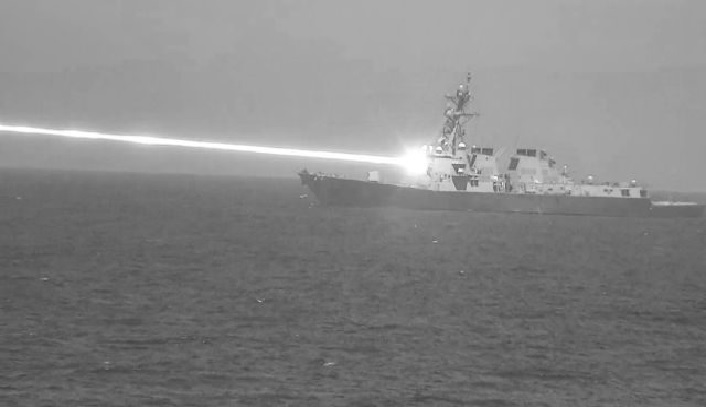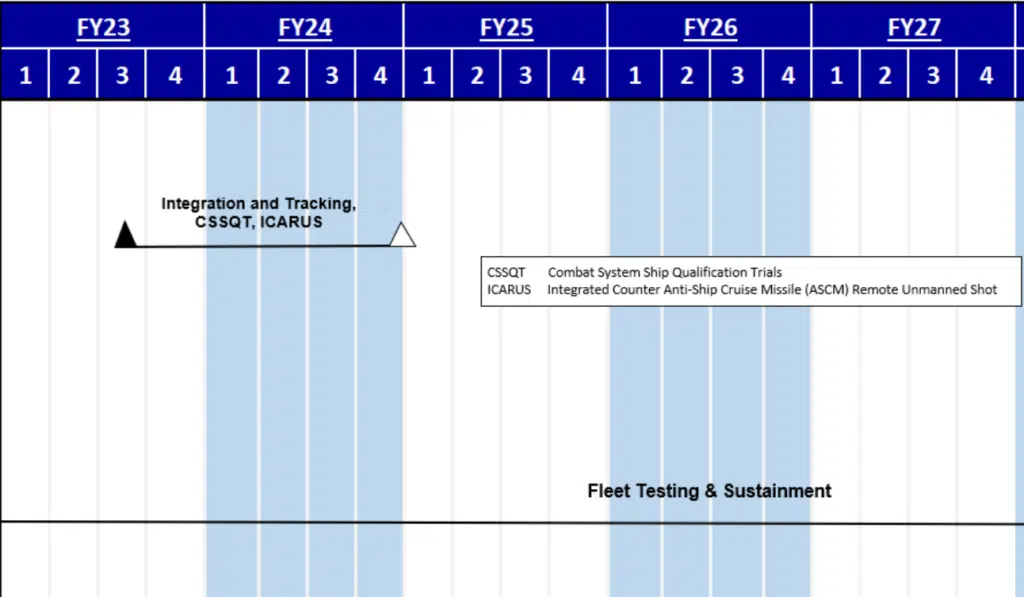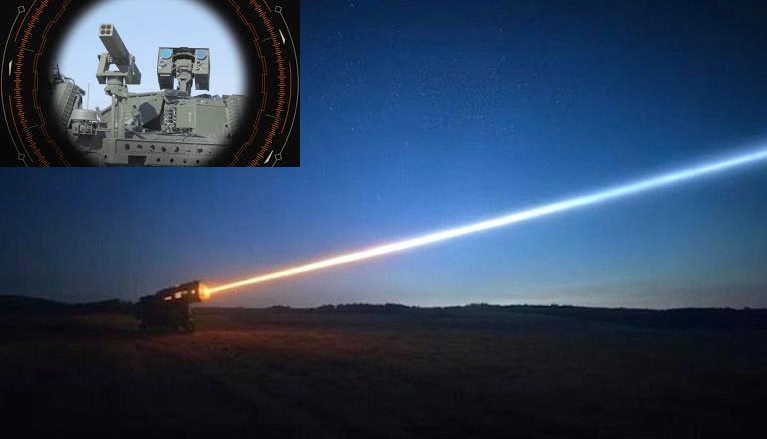Advancements in U.S. Navy's Directed Energy Weapons: The HELIOS Laser System

In 2024, the U.S. Navy achieved a significant milestone by successfully testing the High Energy Laser and Integrated Optical Dazzler with Surveillance (HELIOS) system against an airborne target. This event marked the first time HELIOS engaged an aerial threat, providing valuable insights for the Navy's Directed Energy and Electric Weapon System initiatives.
HELIOS: A Multifaceted Defense System
Developed by Lockheed Martin, HELIOS is a 60+ kilowatt-class laser weapon designed to enhance the Navy's defensive capabilities. Beyond its high-energy laser, HELIOS integrates long-range Intelligence, Surveillance, and Reconnaissance (ISR) functions and a Counter-Unmanned Aerial System (C-UAS) dazzler. This combination allows HELIOS to detect, track, and neutralize threats such as drones, fast attack crafts, and short-range missiles. Its integration with the Aegis combat system ensures seamless operation within existing naval frameworks.

Technical Specifications and Capabilities
-
Laser Power: HELIOS operates at a power level exceeding 60 kilowatts, with future plans to scale up to 120 kilowatts.
-
Integration: The system is fully integrated with the Aegis combat system, enabling efficient tracking and engagement of multiple threats.
-
Multi-Mission Functionality: HELIOS offers long-range ISR capabilities and a dazzler to temporarily blind or disable surveillance sensors of incoming threats.
Broader Directed Energy Initiatives
The HELIOS test is part of a larger effort by the U.S. Navy to develop and deploy directed energy weapons. Other programs include the Optical Dazzling Interdictor, Navy (ODIN), and the High Energy Laser Counter Anti-Ship Cruise Missile Project (HELCAP), which aims to deliver a 300+ kilowatt laser platform. These initiatives focus on maturing laser technology for maritime applications, improving power efficiency, and enhancing beam quality.
Challenges and Future Outlook
Despite these advancements, the Navy acknowledges challenges in rapidly deploying directed energy systems across the fleet. Factors such as atmospheric conditions, power requirements, and integration complexities need to be addressed. However, the successful HELIOS test represents a significant step forward, demonstrating the potential of laser weapons to provide cost-effective, precise, and scalable defensive solutions.
As the Navy continues to refine these technologies, the integration of directed energy weapons like HELIOS is expected to play a crucial role in future maritime defense strategies, offering a low-cost per engagement and a virtually unlimited magazine, as long as power is available.


